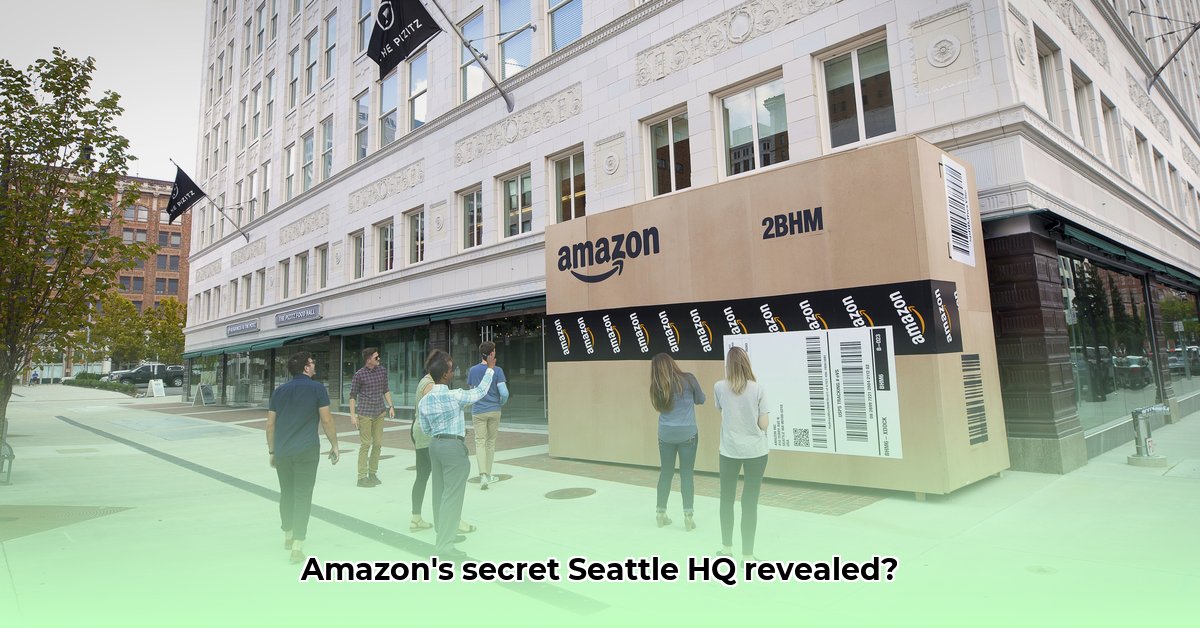
Amazon Web Services: A Colossus in the Cloud
Amazon Web Services (AWS), headquartered at 410 Terry Avenue North, Seattle, Washington, has fundamentally reshaped the landscape of internet computing. From powering everyday apps to supporting the backbones of major corporations, its influence is undeniable. But how did AWS achieve such dominance, and what implications does this hold for businesses, investors, and regulators? This article delves into the strengths and weaknesses of AWS, examining its market position, risks, and the future of this technological behemoth. Understanding AWS is crucial for navigating the complexities of today’s digital economy. Do you have a clear strategy for managing your cloud resources and mitigating associated risks?
AWS: Market Leader and Innovation Engine
AWS isn't just a significant player in the cloud computing market; it's the undisputed leader. Its consistent outperformance of competitors underscores its innovative strategies and early market entry. This wasn't accidental; it's a direct result of strategic foresight, aggressive expansion, and a comprehensive suite of services. This "one-stop shop" approach for digital needs fosters exceptional customer loyalty and reinforces their market position. What percentage of the cloud services market does AWS currently control, and what are the implications of such concentrated power?
Scale, Stability, and the Security Challenge
AWS operates a globally distributed network of data centers, providing the reliability businesses worldwide depend on. This scale is simultaneously its greatest advantage and its biggest challenge. Maintaining the security of such a vast infrastructure is a constant and complex undertaking. The sheer size and complexity of AWS's operations make it a tempting target for cyberattacks, highlighting the importance of robust security measures and proactive threat mitigation. How does AWS's scale impact its ability to address emerging security concerns, and what steps are they taking to maintain a high level of security?
Scrutiny and Concerns: Market Power and Potential Conflicts
Amazon's dominance in both e-commerce and cloud computing has led to scrutiny regarding potential anti-competitive practices. Concerns have been raised about whether AWS provides its own products with an unfair advantage within its ecosystem. These are significant issues that warrant careful examination. Ongoing investigations will be crucial in shaping future regulations and ensuring a fair and competitive landscape. What are the long-term risks associated with the concentrated market power held by AWS, and how might these risks be mitigated through regulatory oversight?
Navigating the AWS Landscape: Costs, Risks, and Strategies
Understanding the AWS environment requires careful consideration of several factors. Navigating its pricing structure, while transparent, can be complex, leading to unexpected costs if not managed effectively. Moreover, the risk of vendor lock-in is substantial; once deeply invested in AWS, switching providers can be incredibly challenging. The interplay between AWS and Amazon's retail business also raises vital questions about data privacy and usage. What are the most effective strategies for companies to reduce their reliance on any single cloud provider, while still leveraging the benefits of cloud services?
Smart Strategies for Stakeholders
Different stakeholders—businesses, competitors, regulators, and investors—require distinct approaches to AWS. Consider the following:
- Businesses using AWS: Optimize spending, strengthen security measures, and explore multi-cloud solutions long-term.
- AWS Competitors: Invest in service innovation, refine pricing strategies, and target niche markets.
- Regulators: Continue investigation into potential anti-competitive practices and develop fair-competition regulations.
- Investors: Monitor AWS performance closely, assess regulatory risks, and diversify technology investments.
Mitigating AWS Vendor Lock-In: A Proactive Approach
The risk of vendor lock-in with AWS is significant, but mitigation strategies exist. Creating a system designed for portability, utilizing open-source technologies, minimizing custom code, employing a multi-cloud or hybrid architecture, and establishing strong service-level agreements are all crucial steps. What percentage of businesses currently find themselves facing challenges related to vendor lock-in with AWS, and what are the most common methods used to address this issue?
1. Data Portability: Prioritize open standards and regular data migration testing. 2. Open Source: Leverage open-source software and tools whenever possible. 3. Minimal Custom Code: Avoid creating deeply intertwined, AWS-specific code that limits portability. 4. Multi-Cloud/Hybrid Architectures: Distribute workloads for increased resilience. 5. Robust SLAs: Negotiate strong service agreements to ensure protection and recourse.
The Future of 410 Terry Avenue N: Ongoing Evolution
410 Terry Avenue N represents more than just an address; it symbolizes Amazon's profound impact on technology. The future success of AWS hinges on its ability to address existing challenges and maintain its innovative edge. Continued growth, however, also demands greater scrutiny to ensure fair competition and responsible development. How will evolving technologies and increased competition shape the future direction of AWS and the broader cloud computing landscape?